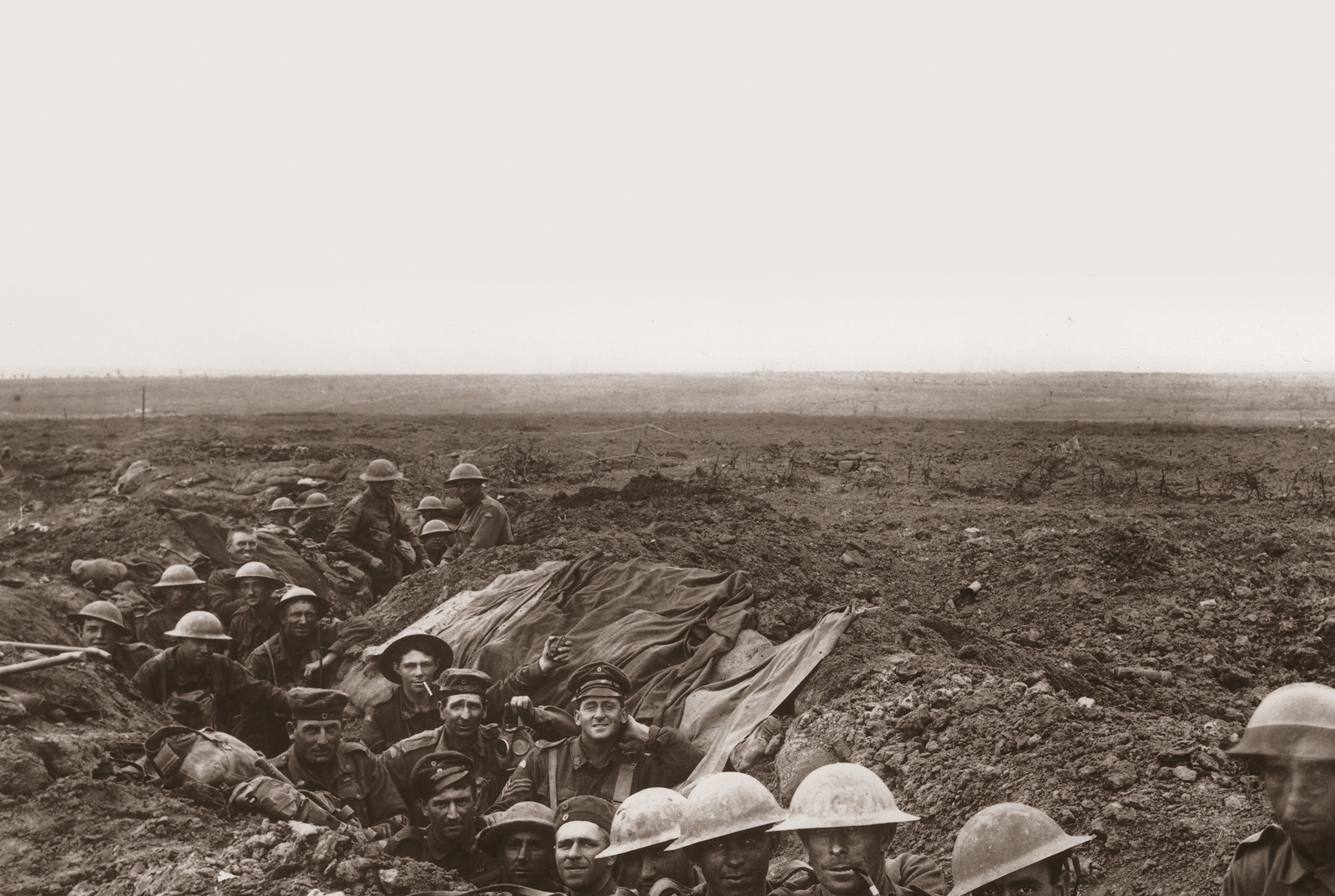Artefacts from a renowned World War I museum will go on display in the Western Isles this week.
Collections of photographs and memorabilia from those on the frontline will commemorate the sacrifice of the islanders
The items are being brought from the In Flanders Fields museum in Ypres, Belgium as part of a series of exhibitions across the islands.
Like the rest of the country, the Western Isles suffered heavy losses during the Great War.
More than 6,500 Lewismen served from 1914-19 and some 1,151 men from the four parishes were killed.
That death rate was one of the highest proportions suffered by any UK community.
The death toll was no less severe across the rest of the Western Isles.
Some 367 men from the Usits and Benbecula serving with the 2nd Service Battalion of the Camerons in the 9th Division, were killed in the opening days of the Battle of Loos in September 1915.
Out of a total battalion strength of 800, only 72 men survived.
The first event will be at An Lanntair in Stornoway on Friday, opened by distinguished historian and author Trevor Royle, who has contributed to the curation of the exhibitions and to the overall project.
The exhibition will include recollections of those were on the frontline.
Organisers also worked across the islands to research the exhibitions and explore personal accounts handed down through the generations, all of which will go towards painting a picture of the effect the war had on the Outer Hebrides.
The exhibition at An Lanntair will be in conjunction with the venue’s annual Hebridean Book Festival – Faclan – and will remain at the centre until December 6.
Its schedule includes a small exhibition at Taigh Chearsabhagh in Lochmaddy, North Uist, from November to December, with the main event taking place next year from February.
It will also be at Kildonnan Museum, South Uist, from April to October next year.
